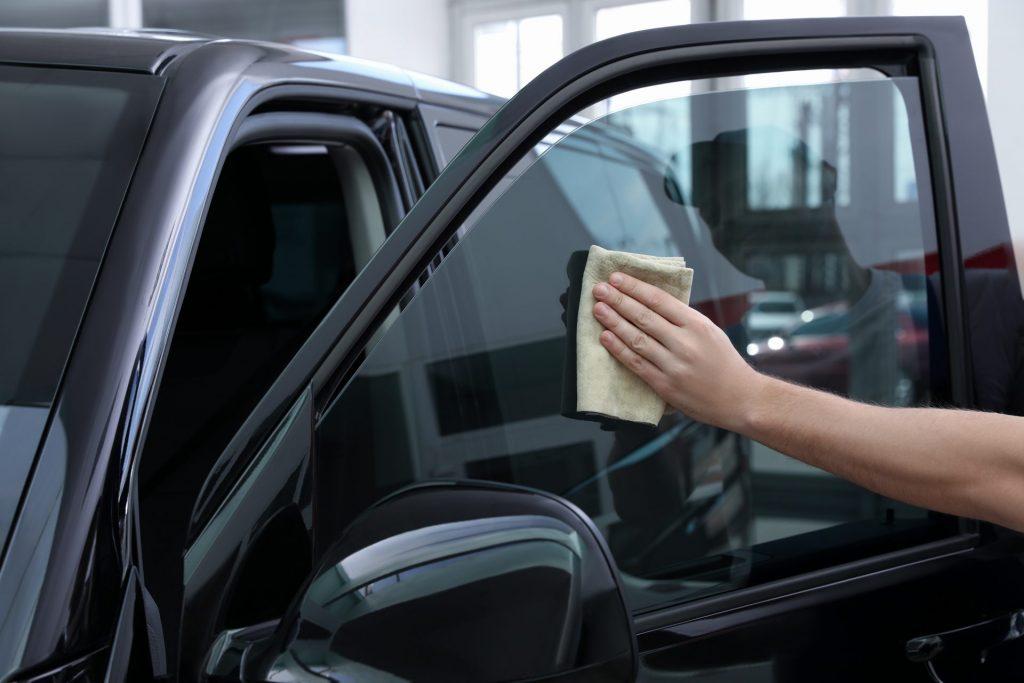In Australia, car tinting laws vary depending on your location. Therefore, it is essential that you check your local regulations, and also all the places you plan to travel to. This article goes through the darkest legal tint in each state and territory in Australia, ensuring that your vehicle is not violating any laws.
What is Car Window Tinting and How Does it Work?
Window tinting is a scratch-resistant thin film that is usually made from a polyester base, that adheres to the inside of car windows. The purpose of tinting isn’t only for privacy and aesthetic reasons. There are more logical and beneficial reasons to consider this modification.
Benefits of Window Tinting
UV Rays and Glare
Without proper protection, UV rays can lead to detrimental consequences. However, the dangers of the sun are stronger when you are in your car. Some window tints will block harmful UV rays, keeping you safer when driving. Furthermore, tints can keep the car cooler with less UV and sunlight entering the vehicle.
Also, night and daytime glare can be reduced, making it easier to see the road and drive safely.

Protect yourself from the sun when driving with a UV-protected film!
Privacy
People view their vehicle as a moving home when travelling, so it is only natural that they will leave some valuable items in their car. The windscreen of a vehicle cannot legally have a dark tint applied, but the rear of the vehicle can. This provides some privacy and a peace of mind as it may deter thieves as they cannot see what is inside the vehicle.
Aesthetic
Car enthusiasts see having tinted windows and a car wrap as a must-have look for their car. Although it is completely subjective, adding a tint will make a vehicle look polished.
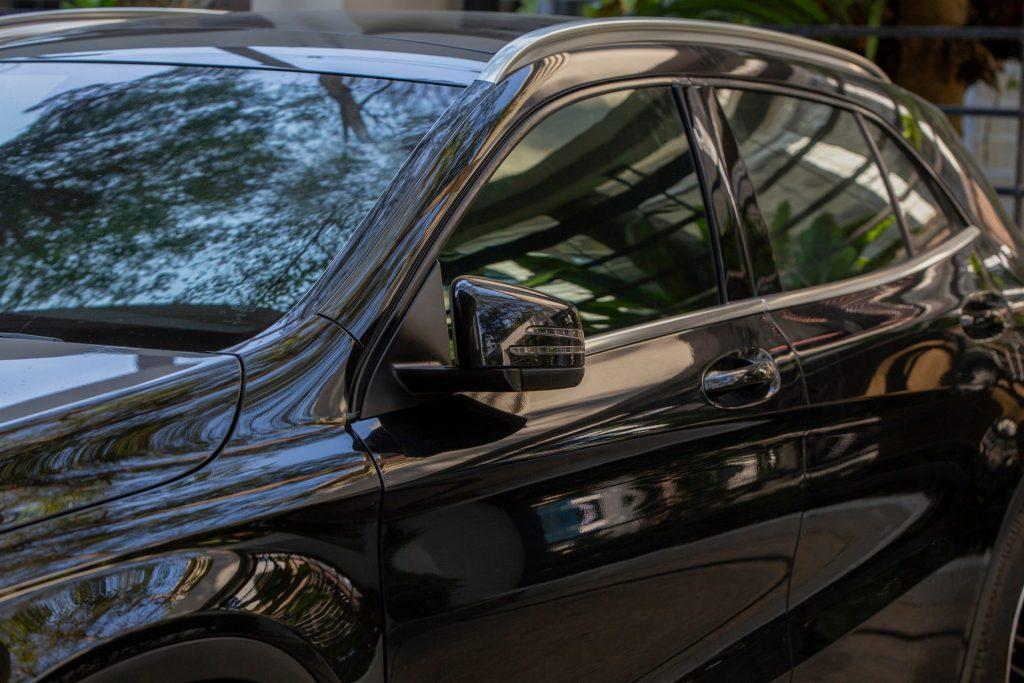
All eyes will be on you with freshly tinted windows!
Types of Tints
There are various shades and types of tints on the market, and each should cater to your needs. Some laws and regulations apply to tinting, particularly around visibility, so it is a good idea to do some homework on which tints will work for you.
- Dyed film – this is the most widely used type as it is durable and the most cost-effective option. It will provide that tinted look and partial sunlight from the car. However, it doesn’t provide the best UV protection or heat resistance and leads to decolourisation over time.
- Crystalline – has some of the benefits of tint, it will block UVs and heat but doesn’t have a darker appearance.
- Metallised film – contains metal particles within the film that redirect light and UV protection. This type of tint is resistant to fading, is durable and helps to strengthen the window.
- Hybrid film – This tint is great at reflecting heat and UV rays, is less fade resistant, is durable, and won’t interfere with equipment signals.
- Carbon film – if you want a tint for aesthetic reasons then this may be the tint for you. With UV protection, a sleek appearance and offering great reductions in solar heat.
- Ceramic film – This tint contains UV protection, reduced glare, massive reductions in solar heat and good visibility. However, it is on the expensive side.
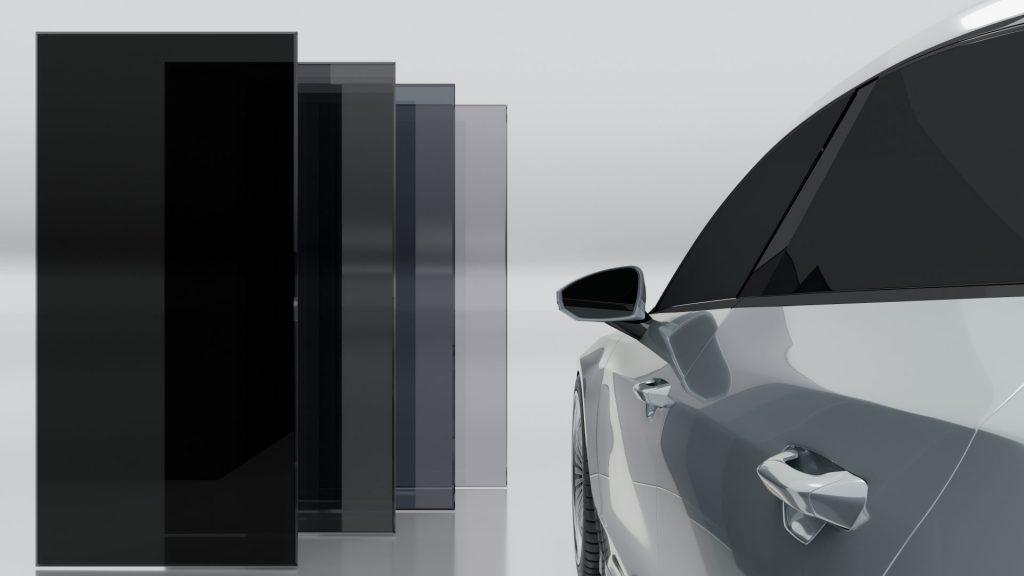
There are many tints that provide functionality and aesthetics. Choose one that best suits you!
Darkest Legal Tint Percentages in Australia
When you are choosing your window tint, you must follow the darkest legal tint in your area. There are two main numbers that you need to keep an eye on to stay within the legal regulations.
The main number is the VLT, which is the visible light transmission. It tells you how much light can pass through the tint. It is important to remember that the lower the number, the darker the tint will be. The legal value for VLT will vary depending on where you are in the country and which window you are tinting, so you do need to be cautious and stay within the legal requirements.
The second number is reflectivity. The rules on reflectivity are uniform across the country. This means that the window should be the same as untreated glass.
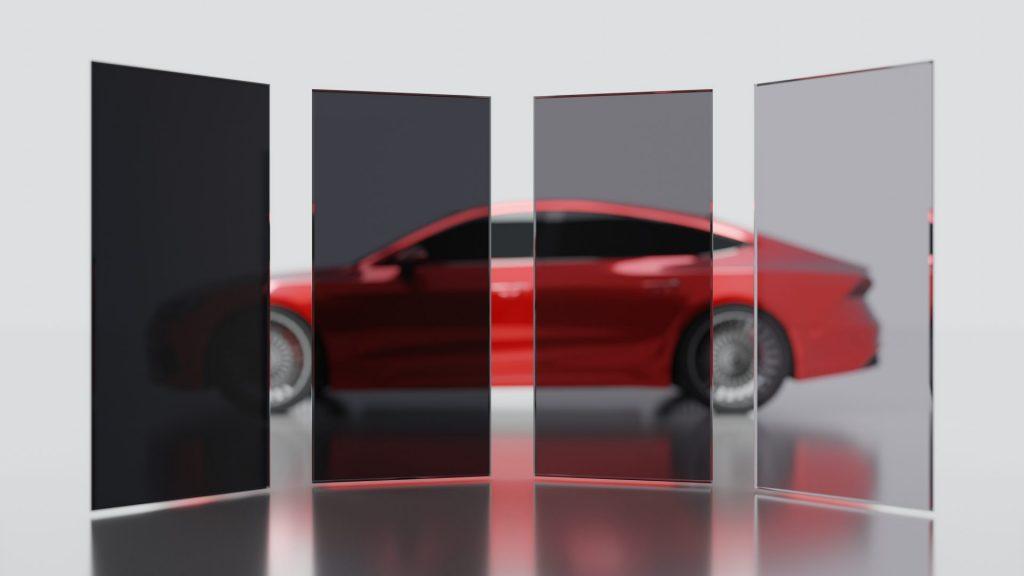
Stay in the legal regulations in your area to avoid any fines!
Window Regulations
Most of these rules concern the state of the tint. Tinted windows must not be bubbled or peeled. So, if you choose a good quality installer and provider, you should be fine.
The general rules for windscreens are the same across most states and territories. Only the top 10% of the window is allowed to be tinted and the tinted region must be above the top reach of the windscreen wipers. This is enough to reduce glare from the sun.
- Tinted windscreens are to be between 70-75% VLT. The front side windows are maxed at 35% VLT, while rear windows are limited to between 20-15%
- All states and territories’ windscreens tints can have the top 10% VLT and above wipers except Western Australia where no applied film is legal on their windscreen.
- Every state in Australia can have up to 35% front-side tinting.
- All states can have up to 20% tinting on rear side windows except the Northern Territory, which only allows up to 15% window tint.
- The total states in Australia can have up to 20% tinting on rear windows except for the Northern Territory, which only allows up to 15% window tint.
- It is illegal for the Northern Territory to have reflective tint, whereas all states can have up to 10% tint reflection.
This may be hard at first, but the good news is that most states and territories have these things in common:
- 35% VLT is the limit for front-side windows in all Australian states and territories
- A strip across the top 10% of your windscreen, that cannot go below the top reach of your wipers, passes all state and territory laws except for Western Australia which doesn’t allow any tinted film to be applied on the windscreen.
- 20% VLT is legal for the back side and rear windows
- Tint reflection to 10% is permitted in all states and territories except for NSW, where the tint is not allowed.
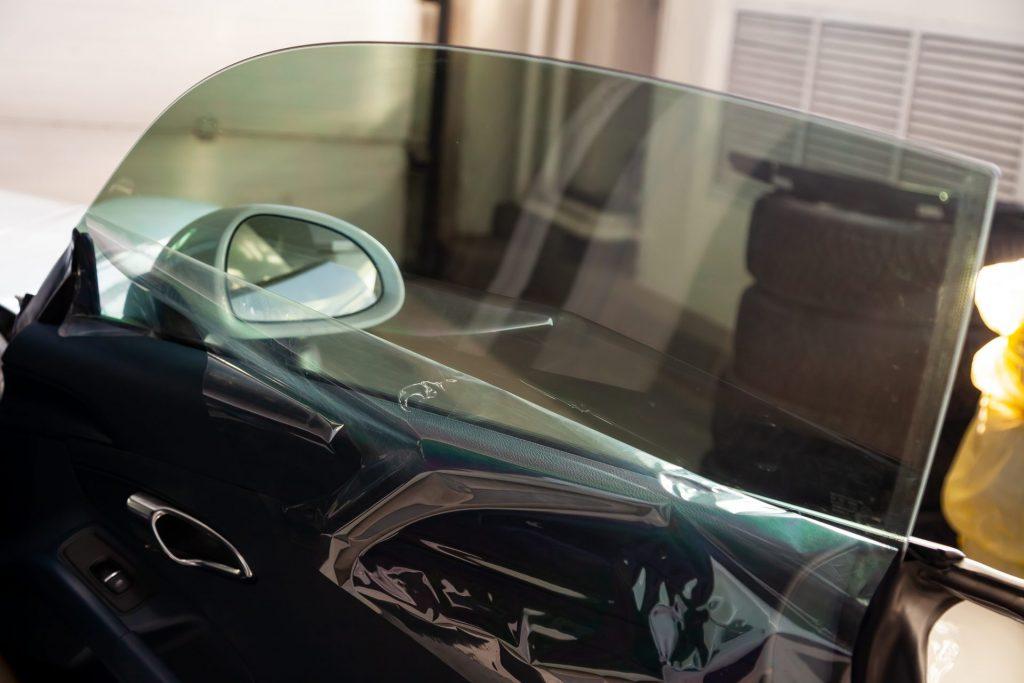
Window tints vary from state to state, be cautious and stay out of trouble!
A New Window Means a New Look!
Now that you know what is the darkest legal tint In Australia, it is time to get a new look and modify your windows! Make sure to stay within the legal restrictions when it comes to car modifications or there will be hefty consequences. For more car modification services click here!






